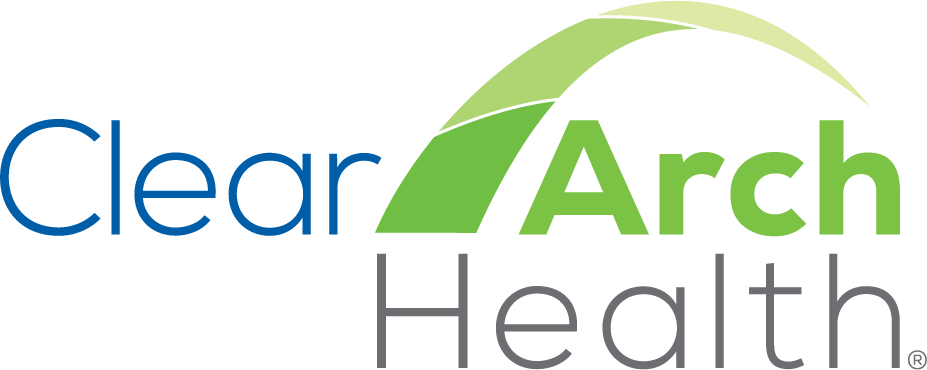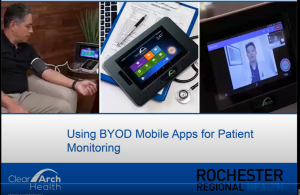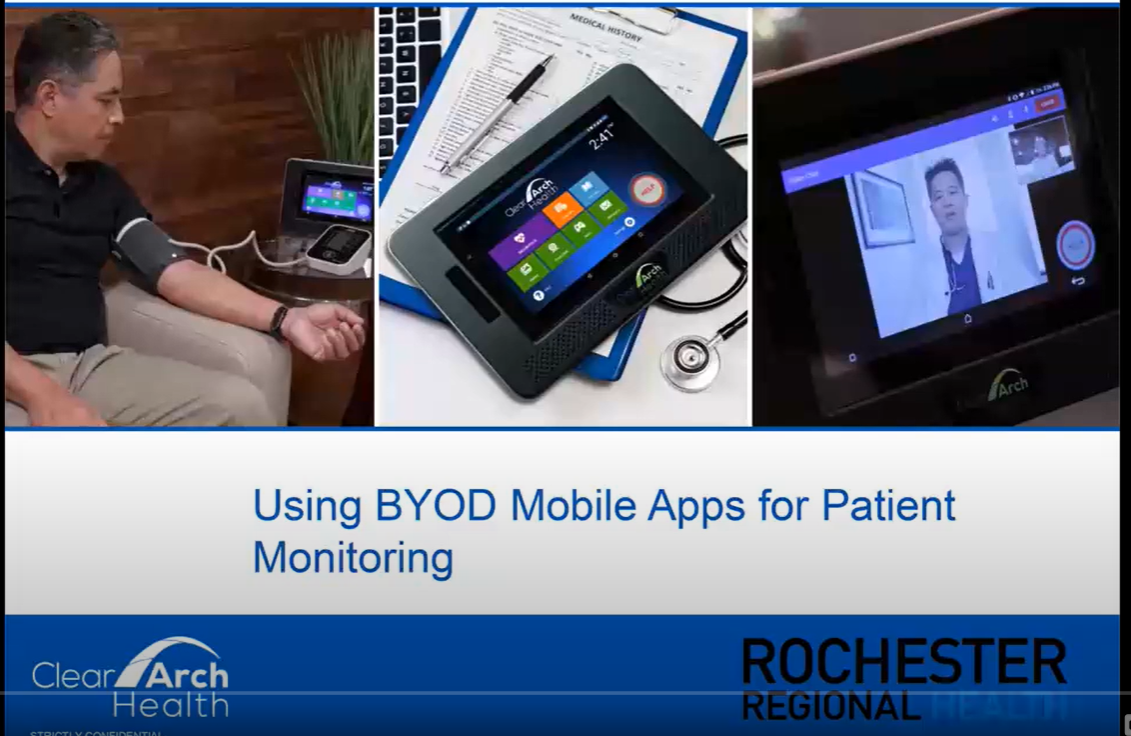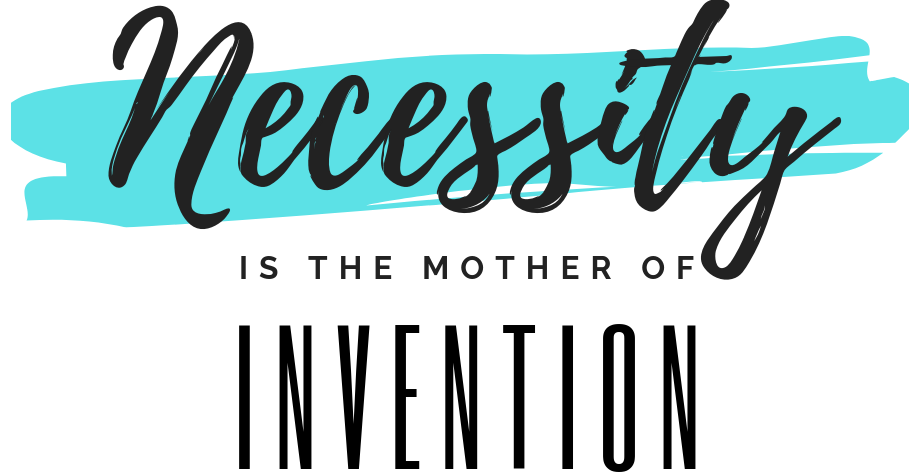
According to the Centers for Disease Control and Prevention, chronic diseases are broadly defined as “conditions that last one year or more and require ongoing medical attention or limit activities of daily living, or both.”[i] Chronic conditions such as heart disease, cancer and diabetes are the leading causes of death and disability in the United States. With six in ten adults in the United States having a chronic condition, and four in ten having two or more, they account for 90% of the nation’s $3.3 trillion in annual health care costs. However, it doesn’t always have to be this way.
Preventive efforts to address factors such as tobacco use and secondhand smoke, poor nutrition, lack of physical activity and excessive alcohol use are just a few ways to reduce death and morbidity from chronic diseases. However, assuming such efforts are no longer viable options for patients already diagnosed with chronic diseases, standard treatment channels are relatively limited and costly, and not just to patients. Payers and providers, and eventually taxpayers, are now at greater risk for absorbing these excessive costs, either as a result of paying for repeated care or through penalties for readmissions and other associated economic impacts. Until recently, the vast majority of chronic disease management has been symptom management, a reactive approach to intervention after a patient reports a change in condition. This often occurs with little notice, and at times when there may not be any alternatives but to seek care in an emergency room. There, patients have little choice but to be subjected to a battery of costly tests and medications, and possibly hospitalizations.
While it is assumed that everyone would be happier if the 90% of the $3.3 trillion spent on healthcare could be reduced due to a proactive approach to managing patients with chronic diseases, it is also assumed that no one would be happier than those patients who are seen in the emergency room and admitted to the hospital as a result of their chronic disease turning into an acute episode. Emergency rooms are busy enough. According to a report released by the Commonwealth Fund, patients with one to two chronic conditions and highly fragmented care were 13% more likely to visit the emergency department. However, as stated above, it doesn’t always have to be this way.
With the advancement of technology, providers can use Remote Patient Monitoring (RPM) to make meaningful, intelligent decisions proactively using real-time data and, in some cases, visual observation when managing patients with chronic diseases. While some may argue that this still requires human intervention and, therefore, is costly, the introduction of Artificial Intelligence (AI) and Machine Learning has not advanced to the point of elimination the human factor; nor, should it. Rather, it can certainly enhance it and only make it more efficient[ii] Aside from the fact that the FDA requires a provider to diagnose a disease or condition, and also to prescribe medications and treatments, the costs associated with the management of patients with chronic diseases does not lie primarily in the human factor. Rather, the costs lie in the delays in treatment created as a result of providers not having the information at hand to intervene, or to intervene properly. RPM is now the major tool in bridging the time gap. And, as predictive analytics improve, providers may be able to better gage the timing or likelihood of a chronic condition as it evolves into an acute episode, and fend it off ahead of time. This will help prevent the need for costly treatment options and likely lead to a better patient experience and outcome.
While the old English proverb states, “Necessity is the mother of invention,” whoever first penned it could not have imagined the innovative worlds that would open due to the human hunger for improvement. It is that same hunger driving technology to improve quality of life while also reducing the need for costly, reactive treatment of chronic diseases. Today, technology is blurring the lines between clinical offices and patients’ homes. The evolutionary spectrum that started with reactive processes as simple as a call to a doctor’s office expanded to reduce time gaps with 911 phone calls, and has since shifted to intelligent systems with the advent of Personal Emergency Response Systems (PERS), virtual video visits, medication reminders, fall prevention and remote patient monitoring. While the need to reduce time gaps was the driving “necessity” that spawned “invention,” quality of life (security) and a reduction of unnecessary treatments and associated costs are the direct byproducts. Furthermore, as improvements in the amount of time it takes to have providers see reliable data upon which to base decisions, time will become less of an issue, and improvements to quality and costs will become the ongoing “necessities.”
Which brings us back to the practice of actively managing patients with chronic diseases, and the 90% balance it consumes of the $3.3 trillion annual health care costs. It doesn’t always have to be this way. And, with the proper use of technology, it won’t.
[i] https://www.cdc.gov/chronicdisease/about/index.htm
[ii] Healthcare IT News. “Next-gen telehealth: AI, Chatbots, Genomics and Sensors That Advance Population Health.” B. Siwicki. July 6, 2018.
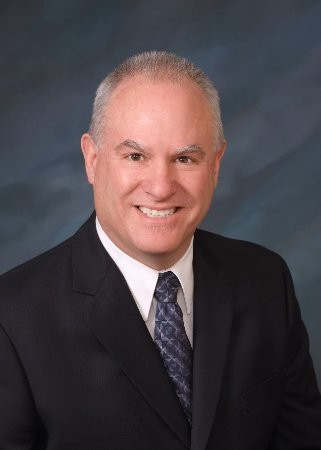
Published by Robert Thorn
Robert Thorn is the Principal at Summit Healthcare Strategies, where he serves in interim CEO roles for rural and Critical Access Hospitals and as a strategic advisor to healthcare organizations of all sizes. His experience includes serving as developer and Executive Director of TRU PACE, a full-risk population health management program that helps the elderly to safely “age in place.” He has also served as the lead developer and Executive Director of the “Quitline” Tobacco Cessation Programs for the States of Colorado, Idaho, Montana and Ohio; Chairman of the High Plains Rural Health Network; and Administrator of Ambulatory Services and Regional Rural Outreach for Banner Health, where he introduced innovative technology solutions to bridge distances and to allow for greater access to care for patients in rural communities.
Robert has a Bachelor of Science degree from California Polytechnic State University, San Luis Obispo, and a Master’s degree in Business Administration from National University, San Diego. He is also a Fellow of the American College of Healthcare Executives.

